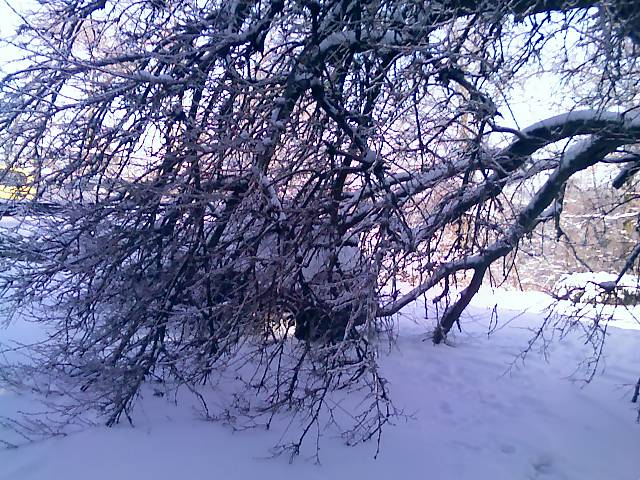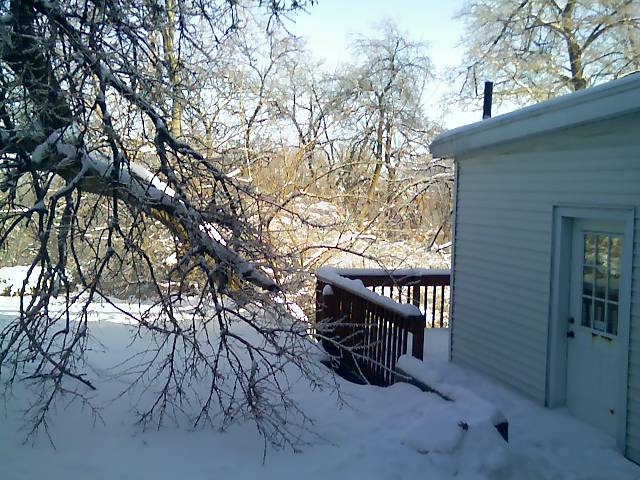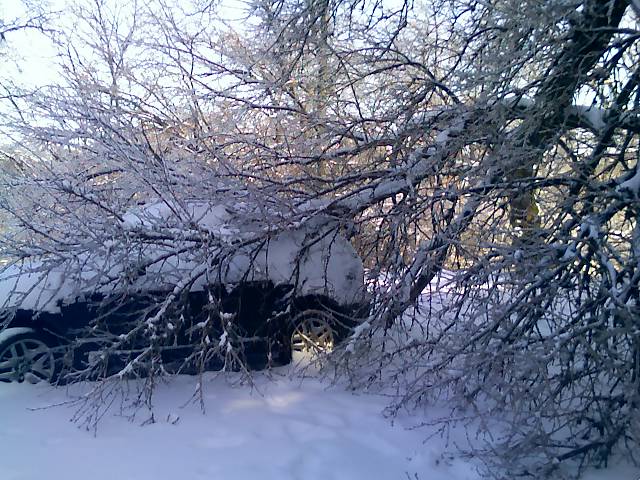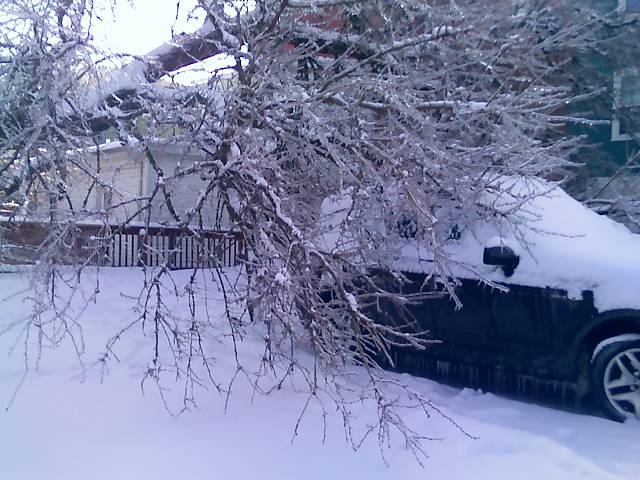How To Identify Cincinnati Tree Hazards
Cincinnati Tree Hazards are real! This series of pictures shows a brand new BMW X5 with an entire tree laying squarely on top of it. The danger is very real. Keeping the trees trimmed and healthy is the key to safety.




Recognizing Cincinnati Tree Hazards
Trees provide significant benefits to our homes and cities, but when trees fall and injure people or damage property, they are liabilities. Taking care of tree hazards makes your property safer and prolongs the life of the tree. There are many Cincinnati tree hazards.
Trees are an important part of our world. They offer a wide range of benefits to the environment and provide tremendous beauty. However, trees may be dangerous. Trees or parts of trees may fall and cause injury to people or damage to property. We call trees in such situations hazardous, to signify the risk involved with their presence. While every tree has the potential to fall, only a small number actually hit something or someone.
It is an owner’s responsibility to provide for the safety of trees on his or her property. This brochure provides some tips for identifying the common defects associated with tree hazards. However, evaluating the seriousness of these defects is best done by a professional. Regular tree care will help identify hazardous trees and the risk they present. Once the hazard is recognized, steps may be taken to reduce the likelihood of the tree falling and injuring someone.
Hazardous Trees and Utility Lines
Trees that fall into utility lines have additional serious consequences.
Not only can they injure people or property near the line, but hitting a line may cause power outages, surges, fires, and other damage.
Downed lines still conducting electricity are especially dangerous.
A tree with a potential to fall into a utility line is a very serious situation.
Cincinnati Tree Hazard Checklist
Consider these questions when evaluating your trees:
* Are there large dead branches in the tree?
* Are there detached branches hanging in the tree?
* Does the tree have cavities or rotten wood along the trunk or in major branches?
* Are mushrooms present at the base of the tree?
* Are there cracks or splits in the trunk or where branches are attached?
* Have any branches fallen from the tree?
* Have adjacent trees fallen over or died?
* Has the trunk developed a strong lean?
* Do many of the major branches arise from one point on the trunk?
* Have the roots been broken off, injured, or damaged by lowering the soil level, installing pavement, repairing sidewalks, or digging trenches?
* Has the site recently been changed by construction, raising the soil level, or installing lawns?
* Have the leaves prematurely developed an unusual color or size?
* Have trees in adjacent wooded areas been removed?
* Has the tree been topped or otherwise heavily pruned?
Any of these issues are reasons for concern. Call us today to schedule an appointment for a free evaluation of your trees. 513-479-7575